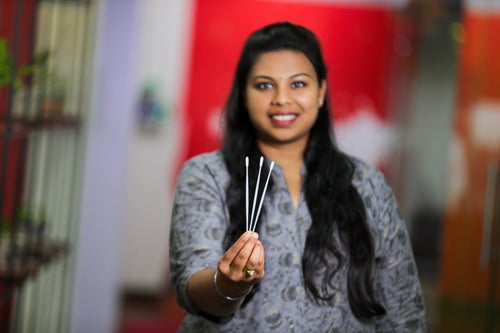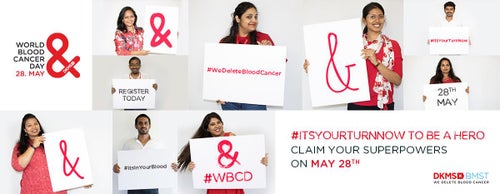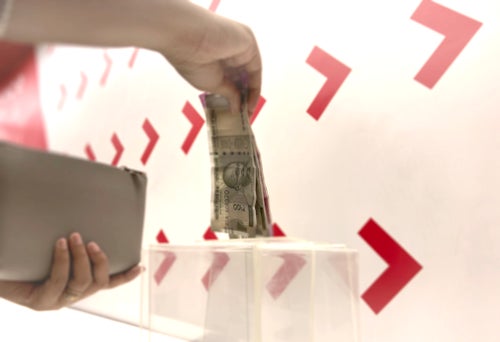What happens during a Peripheral blood stem cell (PBSC) donation?
Peripheral blood stem cell (PBSC) donations do not require anaesthetic or admission to hospital. Under this donation method, a sterile needle is placed into a vein in each arm. Blood is drawn through one vein and passed through a machine that collects the stem cells, before the rest of the blood is returned back into the body through the other arm. The procedure, which is called apheresis, is normally completed within 4-6 hours. It is similar to a blood platelet donation. Occasionally a subsequent donation may be required on the following day.
For the five consecutive days leading up to the donation, the growth factor called “Granulocyte colony-stimulating factor (G-CSF),” is injected subcutaneously to the donor. G-CSF occurs naturally in the body and is required in order to increase the number of stem cells in the blood.
The donor may experience some flu-like symptoms while they are receiving the G-CSF injections (e.g. headache, fatigue, nausea). These symptoms disappear within a day or two following the donation and donors can take non-aspirin products (such as Paracetamol or Ibuprofen) for relief from the discomfort.
The PBSC method has been used for DKMS donors around the world since 1996. Extensive research has been undertaken, including by DKMS scientists and there is no evidence of any long-term side effects.




